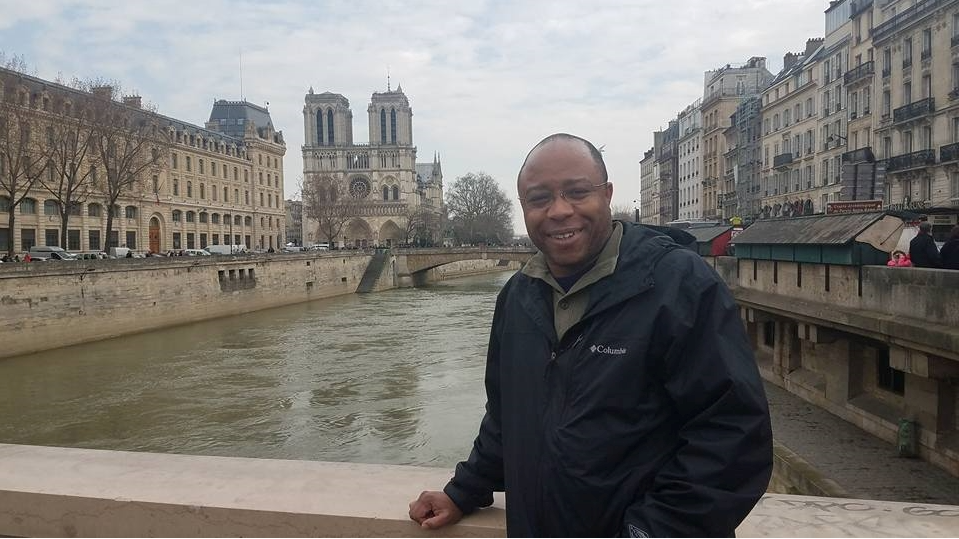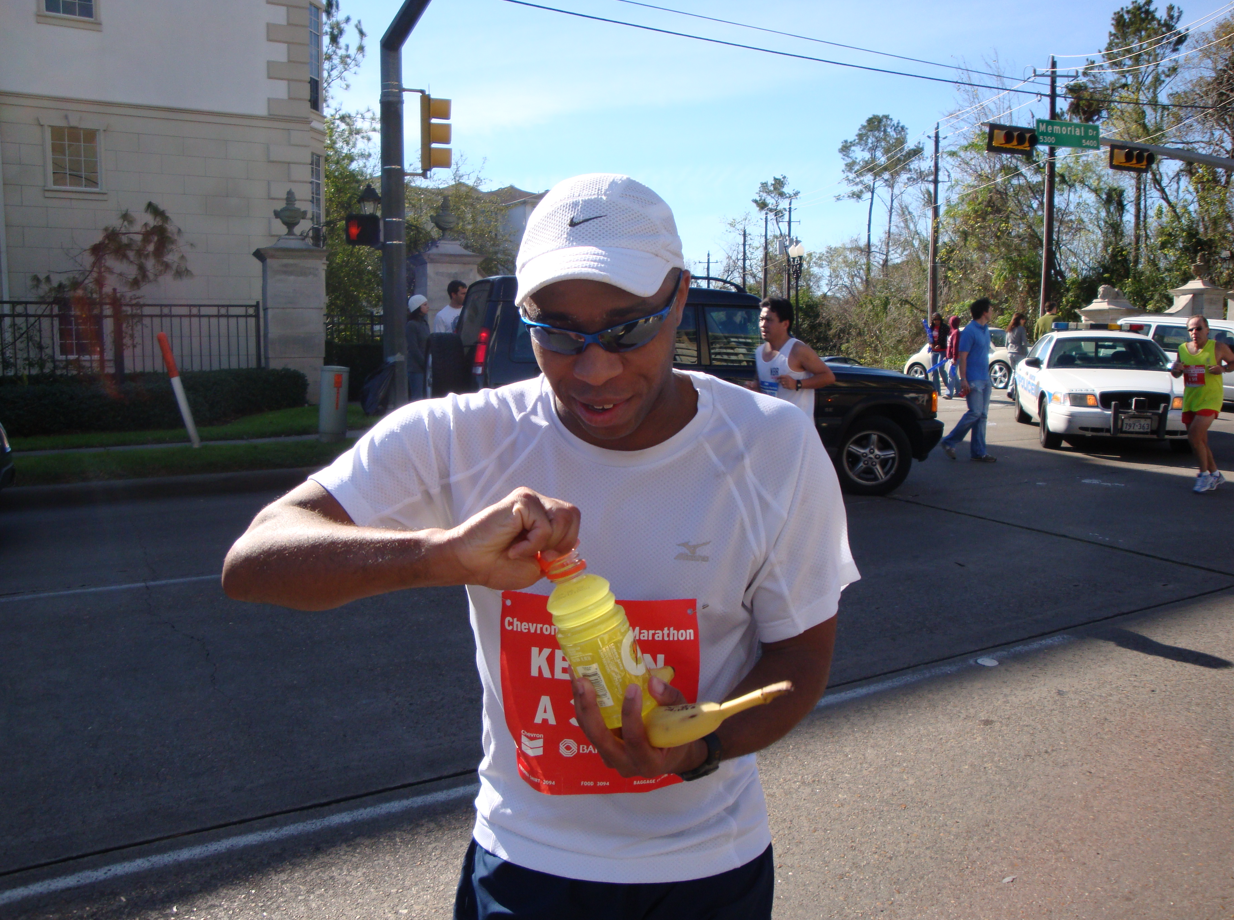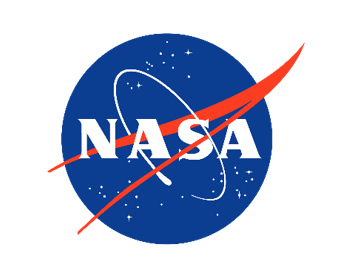Station Nation: Meet Keelan Hamilton!
Meet an International Space Station (ISS) program scientist who dreamed of working at NASA since watching the first space shuttle mission. Keelan Hamilton may jokingly refer to himself as the “nerd whisperer,” but he’s integral in “translating” technical station science into a language the general audience can understand.
As the agency celebrates Black History Month in February, the ISS program is grateful for the significant contributions African Americans have made to the space station over the years. While we learn about Keelan, his path to NASA, and more, he also shares what Black History Month means to him.
Where are you from?
Born in Houston, but I consider Temple, Texas, as my hometown.
Which ISS office do you support?
ISS Program Research Office.
What is your job title?
ISS program scientist.
Describe what your position entails:
I work with the researchers who sponsor the science experiments on the International Space Station and help edit their technical information into information that can be understood by the general public.
I also get to work with our International Partners in helping explain their science activities to the public as well. There are also public outreach functions that I get to take part in around the country where I get to talk about the space station and the science that is being done onboard.
How would you describe your job to family or friends who may not be as familiar with NASA as employees reading this?
How long have you been working for the agency?
About 15 years total.

Keelan on vacation in Paris, France. Image courtesy of Keelan Hamilton.
What was your path to NASA?
I did a lot of reading and learned what I needed to do. I enjoyed science, so it was going to be science or engineering. Science won out, so I majored in chemistry and graduated from Texas A&M University, then went on to graduate school at the University of Houston-Clear Lake with a specialization in organic chemistry.
My first job after grad school was at Baylor University’s College of Medicine working on the Human Genome Project, where I was responsible for synthesizing DNA primers for the sequencing reactions. It wasn’t quite what I wanted to do, but I figured that it was a good way to earn experience. A few years later, I was finally successful and came to work at NASA.
My first job was running a laboratory in the Crew and Thermal Systems Division. My main task was to certify items for flight on the space shuttle and International Space Station. I certified the lithium hydroxide for use on the space shuttle to remove carbon dioxide from the air, among other things. Later, I moved into the ISS program in my current capacity.
Is there a space figure you've looked up to, or someone you discovered while working for NASA who inspires you?
There have been several people at NASA who I have inspired me. Some have been my college classmates, who we dreamed one day of flying on the space shuttle (that would have been awesome), and a wide variety of people, including astronauts, flight controllers, engineers, scientists, and more.
There is one person, though, that really gave me a spark. When I was in fourth grade, we would have these Friday events where a professional would come to our school and talk to us. This was during the time of the early shuttle missions, and this person, who used to be a NASA flight surgeon, came to talk to us.
I had read every book I could find in the library about the space shuttle and the earlier programs, so I was locked in on his talk about the Apollo 11 mission and others. I remember he showed us footage of the Apollo 11 astronauts going into quarantine, and he was wearing the orange flight suit in the video footage.
His name was Dr. Bill Carpentier. My teachers knew that I was interested in all things space, so they arranged a few minutes for me to talk to him. It was a nice, brief talk, and I told him that I hoped to be an astronaut someday. He told me to work hard in school and study math and science, and that he believed that I could do it.
Do you have any advice for others like yourself who may be contemplating a career at NASA?
Get to know people. If you have a chance to visit a NASA center, even for an open house or public event, go and meet people and ask questions. You never know what might happen.
Also, take advantage of new experiences, even if it seems like it will deviate you from your path. There is so much you will learn that will help you in your career in the long run.
And, lastly, don't give up! Everyone's path to NASA is going to be different, but keep working at it.
What does Black History Month mean to you?
What is your favorite NASA memory?
There are so many! But it may have to be my first day at Johnson Space Center. I had such a long and winding path to get here, and many times I wasn't sure if I was going to make it.
What do you love sharing about station to general audiences?
That the International Space Station is a worldwide effort that benefits us all, and that the results from the science have changed our way of thinking about a lot of things.
What are your hobbies/things you enjoy doing outside of work?
Running (11-time marathoner!), reading, cooking, photography, travel, board/strategy gaming, darts, and craft beer.

Keelan, an 11-time marathon runner, grabs a refreshment during the 2009 Houston Marathon. Image courtesy of Keelan Hamilton.
Day launch or night launch?
Night.
Favorite Space Movie?
“Star Wars” (original trilogy) AND “Star Trek.”
NASA Worm or Meatball logo?
In honor of Black History Month, we recognize the contributions of African Americans to our nation’s space programs, including the International Space Station program. African American astronauts played key roles in the assembly of the International Space Station and today use the orbiting lab by performing numerous spacewalks and robotic operations and conducting research as expedition crew members. While we honor African Americans in space, we also recognize the efforts of countless African Americans on the ground who made these spaceflights possible.
Keep up to date with the latest news from the International Space Station by following @space_station and @ISS_Research on Twitter, and the ISS Facebook and ISS Instagram accounts.








